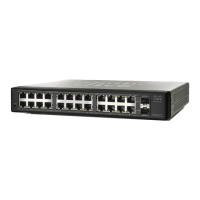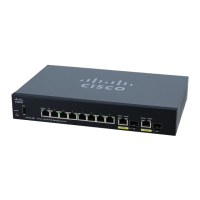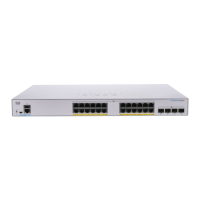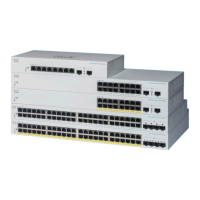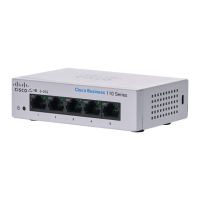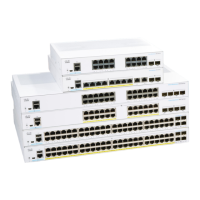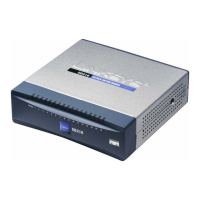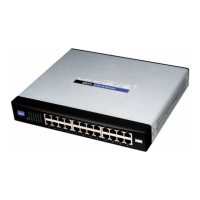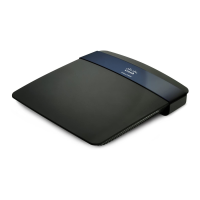SNMP
Notification Recipients
Cisco Small Business 200 Series Smart Switch Administration Guide 334
24
• Recipient IP Address/Name—Enter the IP address or server name of where the traps are sent.
• UDP Port—Enter the UDP port used to for notifications on the recipient device.
• Notification Type—Select whether to send traps or informs. If both are required, two recipients must
be created.
• Timeout—Enter the amount of time (seconds) the device waits before re-sending informs/traps.
Timeout: Range 1-300, default 15
• Retries—Enter the number of times that the device resends an inform request. Retries: Range 1-255,
default 3
• User Name—Select from the drop-down list the user to whom SNMP notifications are sent. In order
to receive notifications, this user must be defined on the SNMP User page, and its engine ID must be
remote.
• Security Level—Select how much authentication is applied to the packet.
NOTE The Security Level here depends on which User Name was selected. If this User Name was
configured as No Authentication, the Security Level is No Authentication only. However, if this User
Name has assigned Authentication and Privacy on the User page, the security level on this screen
can be either No Authentication, or Authentication Only, or Authentication and Privacy.
The options are:
-
No Authentication
—Indicates the packet is neither authenticated nor encrypted.
-
Authentication
—Indicates the packet is authenticated but not encrypted.
-
Privacy
—Indicates the packet is both authenticated and encrypted.
• Notification Filter—Select to enable filtering the type of SNMP notifications sent to the management
station. The filters are created in the Notification Filter page.
• Filter Name—Select the SNMP filter that defines the information contained in traps (defined in the
Notification Filter page).
STEP 4 Click Apply. The SNMP Notification Recipient settings are written to the Running
Configuration file.
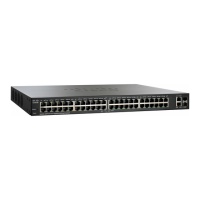
